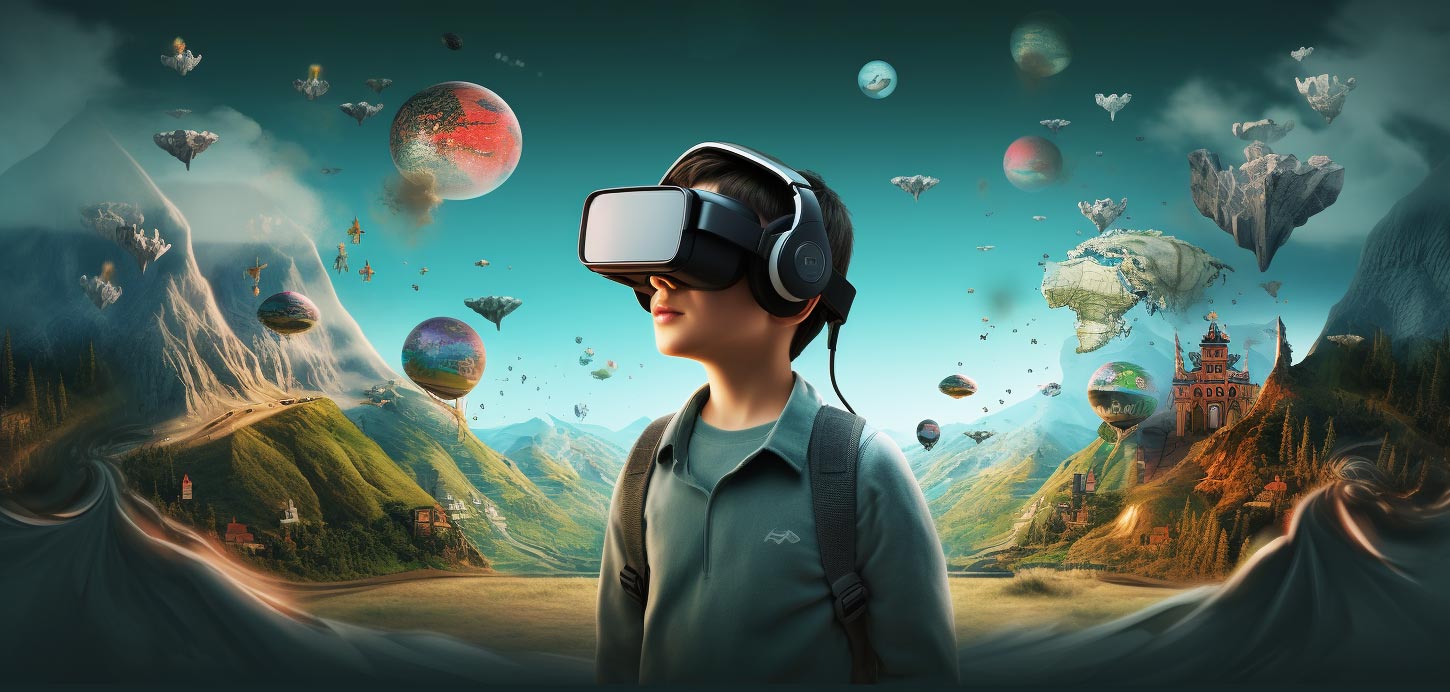VR training in education
Bridging Realities: The Transformative Role of VR Training in Education
In the realm of education, Virtual Reality (VR) training stands as a groundbreaking innovation, reshaping traditional learning approaches and offering immersive, experiential learning environments. VR technology has emerged as a powerful tool, revolutionizing how students engage with educational content across various disciplines. This article explores the profound impact of interactive Virtual Reality training in education, examining its applications, benefits, and contributions to fostering enhanced learning experiences.
Advantages of VR Training in Education:
VR-based training in education provides students with immersive, interactive experiences that transcend conventional learning methods. It allows learners to engage with complex concepts, historical events, scientific phenomena, or simulations of real-world scenarios, fostering deeper understanding and retention of knowledge.
Enhancing Learning Experiences:
Through VR simulations, students can explore diverse subjects in a three-dimensional, interactive environment. Whether studying ancient civilizations, exploring the human body, or delving into mathematical concepts, VR offers experiential learning that significantly enhances comprehension and engagement.
STEM Education and Practical Learning:
In STEM (Science, Technology, Engineering, and Mathematics) fields, Interactive Training allows students to conduct virtual experiments, engage in problem-solving scenarios, and simulate scientific processes. This hands-on approach to learning fosters curiosity, critical thinking, and practical application of theoretical knowledge.
Cultural and Historical Immersion:
VR technology enables students to virtually visit historical landmarks, and museums, or experience different cultures, providing an immersive understanding of history, geography, and social sciences. This experiential learning broadens perspectives and fosters cultural awareness.
Inclusivity and Access:
VR training in education offers inclusive learning opportunities, catering to diverse learning styles and abilities. It transcends geographical limitations, providing access to high-quality educational experiences irrespective of location or resources.
Challenges and Future Directions:
Despite its advantages, implementing VR training in education faces challenges related to cost, accessibility, and content development. However, ongoing advancements in VR technology, coupled with decreasing costs, signal a promising future for wider adoption and enhanced educational programs leveraging VR technology.
VR training has transformed educational paradigms by offering immersive, experiential learning experiences. Its application in enhancing learning across diverse subjects, fostering practical skills, and promoting inclusivity signifies a profound shift in educational methodologies. As VR technology continues to evolve and becomes more accessible, its integration into educational curricula promises to reshape the way students learn, engage, and retain knowledge, laying the foundation for a more engaging, innovative, and impactful educational experience.




